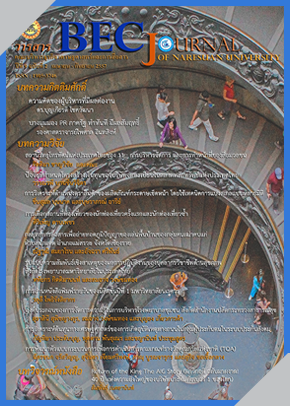สถานีวิทยุโทรทัศน์แห่งประเทศไทยช่อง 11: การบริหารจัดการ และการทำหน้าที่ของสื่อมวลชน
Main Article Content
Abstract
Television of Thailand Channel 11: An Exploratory Research of Its Managerial Approach and Performance as a National Mass Media
This research has applied 3 qualitative research techniques such as documentary research, observation, and in-depth interviews to explore Television of Thailand Channel 11 in terms of its managerial approach and performance as a national mass media as stated in the following aspects: 1) a new form and managerial approach of Channel 11, 2) its personnel’s expectation and satisfaction towards the new managerial approach, 3) a form of organizational communication within Channel 11, 4) its performance as mass media and community media as well, 5) problems and difficulties against its performance and adaptation. This research has revealed 5 findings. 1) Channel 11’s employed a managerial approach attached to bureaucratic, so-called “red tape,” system which caused several problems and difficulties. 2) Hence, the Channel 11 personnel expected the concept of “freedom of the press” in working climate. Also, they wanted some practical rules which were consistent with the real situation. By this it means that to abide by those rules would encourage Channel 11 to persuade the community to work hand in hand with its officers. Moreover, with this effort, the incentives had to also be adjusted reasonably. 3) The approach of organizational communication within Channel 11 was viewed differently between two groups among top and middle management, and operational level. The former noted that they wanted Channel 11 regional network should be dependent on the Headquarter. Whereas, the latter wanted regional stations run independently due to its convenient and flexible performance. 4) In addition, within those 3 groups (top and middle management as well as operational level), they all agreed that Channel 11 in cooperation with private sector and its local audience set up a networking academic committee. 5) Also, they believed that the newly adjusted managerial approach would contribute advantages to themselves, organization, and the society.


